Enhancing Post-Hepatectomy Patient Care: Addressing Data Gaps in Liver Cancer Prognosis
DOI: 10.23977/medsc.2024.050515 | Downloads: 13 | Views: 769
Author(s)
Ziyan Fang 1
Affiliation(s)
1 University of Washington, Seattle, WA 98195, USA
Corresponding Author
Ziyan FangABSTRACT
Liver cancer is one of the most complex diseases to treat and monitor, with post-hepatectomy patient care being critical due to the liver's essential metabolic and detoxification functions. Post-operative complications, including hepatitis and cirrhosis, are significant indicators of patient prognosis and survival outcomes. However, clinical studies often suffer from substantial data gaps, particularly regarding complications, which can distort analyses and recommendations. This research aims to address these gaps by employing advanced machine learning techniques to impute missing data in post-hepatectomy datasets. Using Random Forest, Bagging, and Boosting algorithms, we segmented patients into distinct clusters and predicted missing values with improved accuracy. Our findings demonstrate that the Boosting approach outperforms Bagging in terms of precision, and our imputation model achieves an impressive ROC score of 86%, indicating high diagnostic ability. The improved dataset reveals previously obscured patterns, such as correlations between pre-operative liver function and post-operative complications, offering valuable clinical insights. This study highlights the potential of machine learning to enhance healthcare data analysis and inform more accurate, data-driven decision-making in liver cancer post-operative care.
KEYWORDS
Liver Cancer; Post-hepatectomy Care; Machine Learning; Data Imputation; Predictive ModelingCITE THIS PAPER
Ziyan Fang. Enhancing Post-Hepatectomy Patient Care: Addressing Data Gaps in Liver Cancer Prognosis. MEDS Clinical Medicine (2024) Vol. 5: 104-110. DOI: http://dx.doi.org/10.23977/medsc.2024.050515.
REFERENCES
[1] Moris D, Palta M, Kim C, et al. Advances in the treatment of intrahepatic cholangiocarcinoma: An overview of the current and future therapeutic landscape for clinicians [J]. CA: a cancer journal for clinicians, 2023, 73(2): 198-222.
[2] Aljiffry M, Abdulelah A, Walsh M, et al. Evidence-based approach to cholangiocarcinoma: a systematic review of the current literature [J]. J Am Coll Surg, 2009, 208(1): 134-147.
[3] El Rassi ZE, Partensky C, Scoazec JY, et al. Peripheral cholangiocarcinoma: presentation, diagnosis, pathology and management [J]. Eur J Surg Oncol, 1999, 25(4): 375-380.
[4] Khan SA, Toledano MB, Taylor-Robinson SD. Epidemiology, risk factors, and pathogenesis of cholangiocarcinoma [J]. HPB (Oxford), 2008, 10(2): 77-82.
[5] Mavros MN, Economopoulos KP, Alexiou VG, et al. Treatment and Prognosis for Patients with Intrahepatic Cholangiocarcinoma: Systematic Review and Meta-analysis [J]. JAMA Surg, 2014, 149(6): 565-574.
[6] Spolverato G, Kim Y, Alexandrescu S, et al. Management and Outcomes of Patients with Recurrent Intrahepatic Cholangiocarcinoma Following Previous Curative-Intent Surgical Resection [J]. Ann Surg Oncol, 2016, 23(1): 235-243.
[7] Rizvi S, Gores GJ. Pathogenesis, diagnosis, and management of cholangiocarcinoma [J]. Gastroenterology, 2013, 145(6): 1215-1229.
[8] Li DY, Zhang HB, Yang N, et al. Routine lymph node dissection may be not suitable for all intrahepatic cholangiocarcinoma patients: results of a monocentric series [J]. World J Gastroenterol, 2013, 19(47): 9084-9091.
[9] Bagante F, Spolverato G, Weiss M, et al. Surgical Management of Intrahepatic Cholangiocarcinoma in Patients with Cirrhosis: Impact of Lymphadenectomy on Peri-Operative Outcomes [J]. World J Surg, 2018, 42(8): 2551-2560.
[10] Kubo S, Shinkawa H, Asaoka Y, et al. Liver Cancer Study Group of Japan Clinical Practice Guidelines for Intrahepatic Cholangiocarcinoma [J]. Liver Cancer, 2022, 11(4): 290-314.
[11] Kim YJ, Yun M, Lee WJ, et al. Usefulness of 18F-FDG PET in intrahepatic cholangiocarcinoma [J]. Eur J Nucl Med Mol Imaging, 2003, 30(11): 1467-1472.
[12] Seo S, Hatano E, Higashi T, et al. Fluorine-18 fluorodeoxyglucose positron emission tomography predicts lymph node metastasis, P-glycoprotein expression, and recurrence after resection in mass-forming intrahepatic cholangiocarcinoma [J]. Surgery, 2008, 143(6): 769-777.
[13] Yamamoto Y, Türkoğlu MA, Aramaki T, et al. Vascularity of Intrahepatic Cholangiocarcinoma on Computed Tomography is Predictive of Lymph Node Metastasis [J]. Ann Surg Oncol, 2016, 23(Suppl 4): 485-493.
[14] Ji GW, Zhu FP, Zhang YD, et al. A radiomics approach to predict lymph node metastasis and clinical outcome of intrahepatic cholangiocarcinoma [J]. Eur Radiol, 2019, 29(7): 3725-3735.
[15] Xu L, Yang P, Liang W, et al. A radiomics approach based on support vector machine using MR images for preoperative lymph node status evaluation in intrahepatic cholangiocarcinoma [J]. Theranostics, 2019, 9(18): 5374-5385.
| Downloads: | 9890 |
|---|---|
| Visits: | 651114 |
Sponsors, Associates, and Links
-
Journal of Neurobiology and Genetics
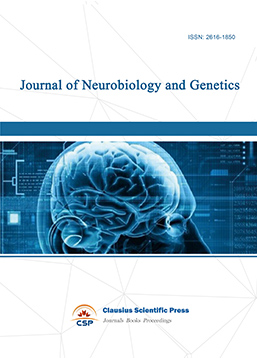
-
Medical Imaging and Nuclear Medicine
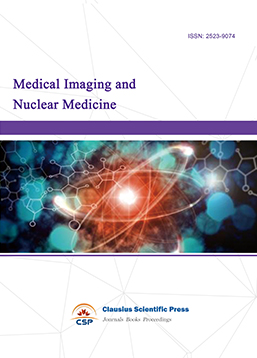
-
Bacterial Genetics and Ecology
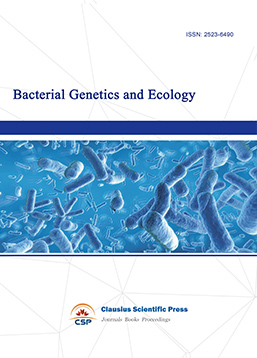
-
Transactions on Cancer
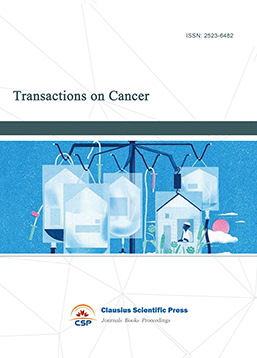
-
Journal of Biophysics and Ecology
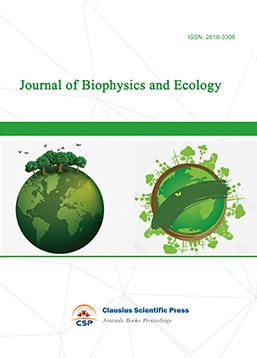
-
Journal of Animal Science and Veterinary
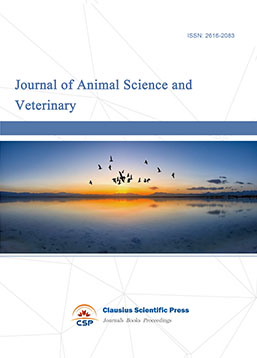
-
Academic Journal of Biochemistry and Molecular Biology
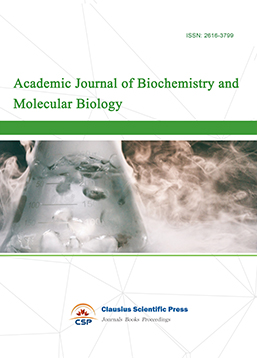
-
Transactions on Cell and Developmental Biology
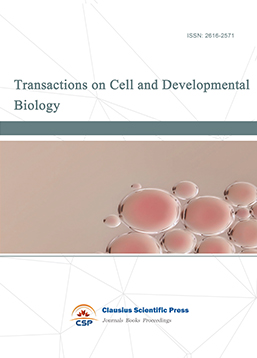
-
Rehabilitation Engineering & Assistive Technology
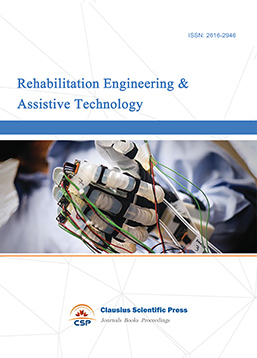
-
Orthopaedics and Sports Medicine

-
Hematology and Stem Cell
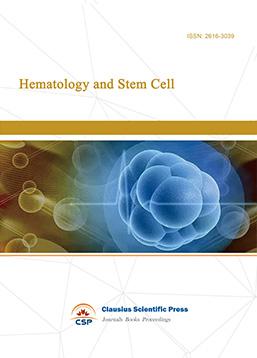
-
Journal of Intelligent Informatics and Biomedical Engineering
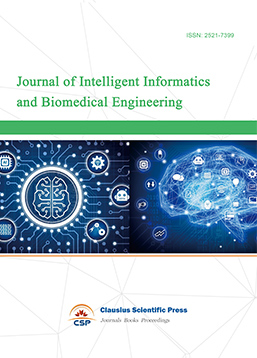
-
MEDS Basic Medicine
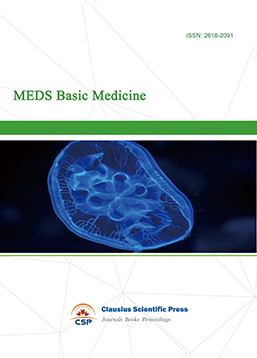
-
MEDS Stomatology
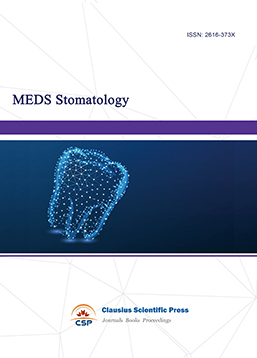
-
MEDS Public Health and Preventive Medicine
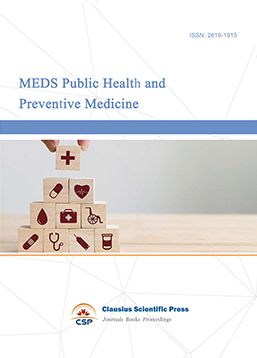
-
MEDS Chinese Medicine
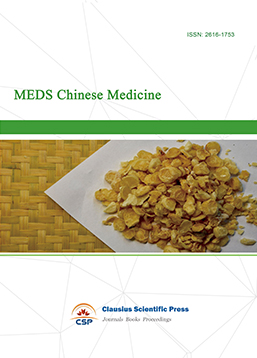
-
Journal of Enzyme Engineering

-
Advances in Industrial Pharmacy and Pharmaceutical Sciences
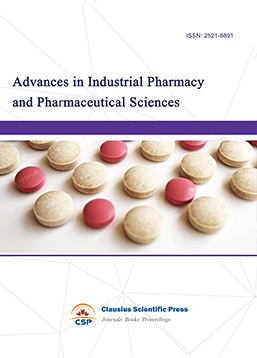
-
Bacteriology and Microbiology

-
Advances in Physiology and Pathophysiology
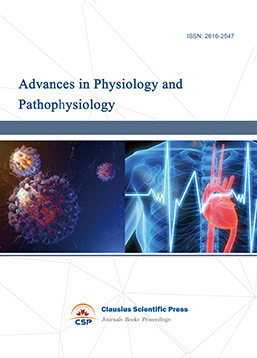
-
Journal of Vision and Ophthalmology
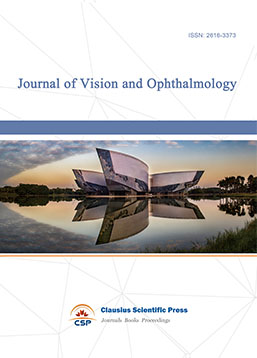
-
Frontiers of Obstetrics and Gynecology
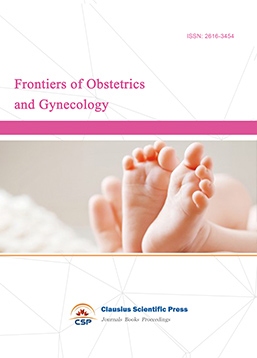
-
Digestive Disease and Diabetes
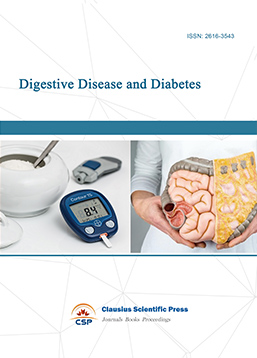
-
Advances in Immunology and Vaccines
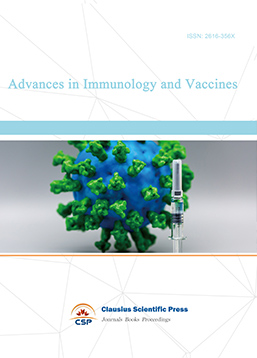
-
Nanomedicine and Drug Delivery
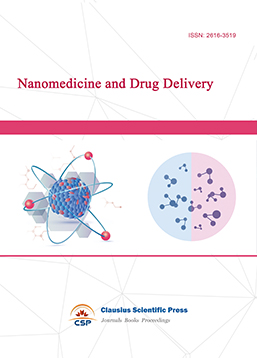
-
Cardiology and Vascular System
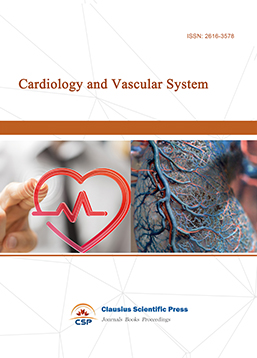
-
Pediatrics and Child Health
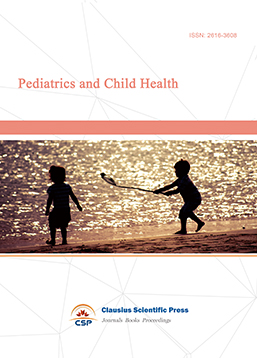
-
Journal of Reproductive Medicine and Contraception
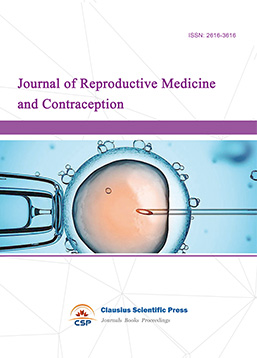
-
Journal of Respiratory and Lung Disease
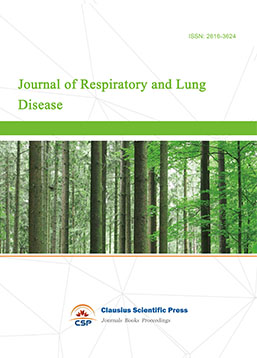
-
Journal of Bioinformatics and Biomedicine
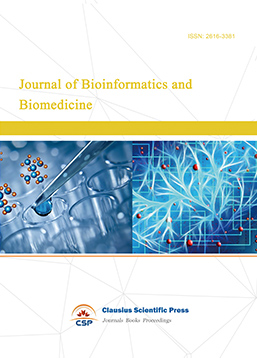

 Download as PDF
Download as PDF